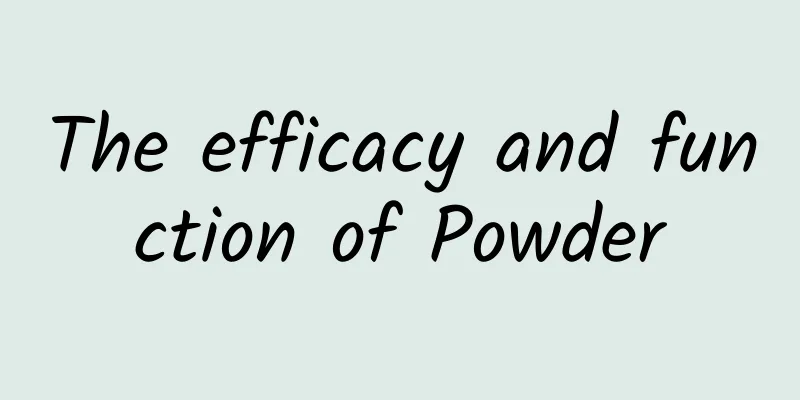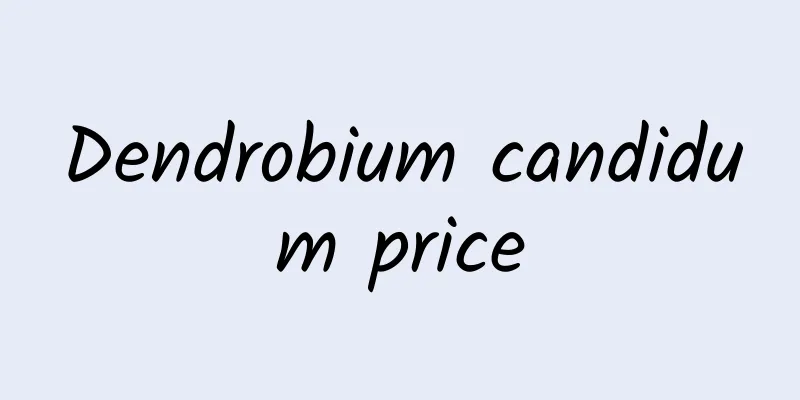The efficacy and function of radix serrata

|
Chuangenteng is a kind of Chinese herbal medicine. We can use Chuangenteng to treat many diseases, and it also has good health-preserving effects, so we can use the different medicinal effects of Chuangenteng to solve some small problems that bother us in life. [Other names] Chungen vine (Guangdong Chinese Medicine), Mutou chan (Guangxi Medicinal Plant List), Songgen vine, Shenjin vine, Shibangzi (Guangdong Chinese Herbal Medicine). [Source] It is the branches, leaves or the whole plant of the nine-node creeping plant of the Rubiaceae family. It can be harvested throughout the year, by cutting the branches and leaves and drying them. [Original form] A prostrate shrub with many branches, often clinging to rocks or trees, and often with adventitious roots on the stems. Leaves are small, papery, opposite; ovate, obovate or ovate-rectangular, 1.5-6 cm long, 8-20 mm wide, with mucronate or obtuse apex; stipules are membranous, short sheath-like, and fall off early. The panicle is terminal, 3-branched, 1.5-3.5 cm wide; the calyx tube is obconical, with 5 very short lobes; the corolla is white, slightly chaff-like on the outside, 5-lobed, and the lobes are slightly longer than the tube; there are 5 stamens; the ovary is 2-chambered, with 1 ovule in each chalcone. The drupe is small, nearly spherical, white, and about 5 mm long. Flowering period is autumn. [Habitat distribution] Growing on rocks or trees in mountains and fields. Distributed in southern my country. It is mainly produced in Guangdong, and also in Fujian and Guangxi. [Properties] Dry branches are up to 6 mm thick, dark brown, with adventitious roots, and pith in the center of the cross section. Leaves are opposite. The branch ends often have inflorescences or fruits. The fruits are brown with ridges on the surface, a persistent calyx at the top, and two chambers in the cross section. It is better to choose the one with many leaves but no roots or impurities. [Chemical composition] The whole plant contains higher aliphatic alcohols, ketones, stigmasterol and β-sitosterol. Does not contain triterpenic acids. 【Nature and flavor】 Bitter and pungent, neutral. 【Functions and indications】Relieve rheumatism, strengthen muscles and bones, relieve pain and reduce swelling. Treat rheumatic joint pain, sore throat, carbuncle, and scabies. [Usage and Dosage] For internal use: decoct in water, 0.5-1 liang (1-2 liang for fresh); mash into juice or mix with wine. For external use: mash the juice and apply it or grind it into powder and apply it on the affected area. [Additional prescription] ① Treating nausea and indigestion: Take one or two liang of fresh stems and leaves of the root vine, mash them into juice, add sugarcane juice and mix with white wine before taking. [Remarks] In a few areas, this product is used as Trachelospermum jasminoides. See the entry for Trachelospermum officinale. 【Excerpt】 《*Dictionary》 【Source】 From "Fujian Chinese Herbal Medicine" Above we introduced what is Chuangenteng Teng. We know that Chuangenteng Teng is a common Chinese herbal medicine with good health-preserving and healthcare effects. It has many benefits to the human body and can relieve many symptoms. How about it, do you understand? |
<<: The efficacy and function of Baibu Huanhun
>>: The efficacy and function of rice worms
Recommend
A 22-year-old girl died suddenly after working overtime all night. Working more than 55 hours a week may be fatal.
Recently, another sudden death incident has caugh...
The efficacy and function of nail rake seven
The essence of traditional Chinese medicine is to...
Learn about the North and South Pole
1. Polar Overview Polar refers to the South Pole ...
It’s called orchid but it’s not an orchid. This new species discovered in Wuhan is not simple!
Recently, a paper on a new plant species discover...
The efficacy and function of Aconitum carmichaelii
As a traditional Chinese medicine, do you know th...
The efficacy and function of golden knife vegetable
With the development of society and the close int...
The efficacy and function of Henao
In our lives, crane brain has attracted our atten...
Why can't you always catch the doll? The mechanical secrets of the claw machine
Claw machines, a game device full of fun and chal...
Effects and functions of yelp
The nutritional value of the leaf lin is rich and...
Stomach pain may not really be caused by the stomach!
In clinical work, we often encounter patients who...
The efficacy and function of Aspleniaceae Yunnanensis
Yunnan Styrax is one of the common traditional Ch...
The efficacy and function of Artemisia sibiricum
As people's living standards improve, they pa...
2022 Nobel Prize in Physics: Indecision, quantum mechanics, the magician of the microscopic world
The 2022 Nobel Prize in Physics was announced at ...
The efficacy and function of raw pinellia
The effects and functions of raw pinellia can hel...
What are the magical uses of orange peel
I believe everyone has eaten oranges. Oranges are...









